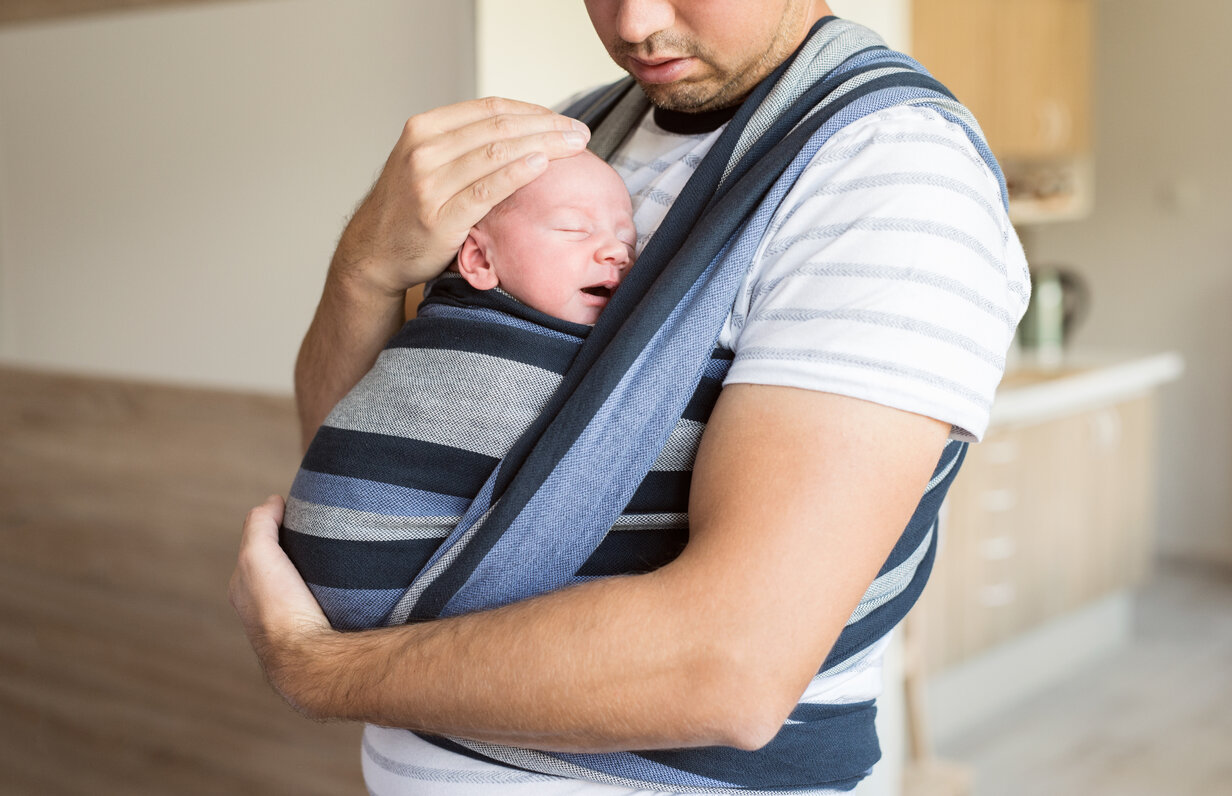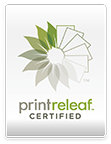
Becoming a new parent is an incredible journey filled with joy, love, and, of course, a few challenges along the way. One of the challenges many parents face is finding a way to keep their baby close and secure while also tending to daily tasks. Creating a close bond with your new baby is crucial to their development. This is where babywearing comes in.
Babywearing allows you to answer your new arrival’s desire to be close to you at all times as well as tending to their needs as quickly as possible. Not only can baby sleep in a carrier as long as you follow safe practices, but it’s also possible to breastfeed a baby in a sling (with some practice!), and it also counts as tummy time, which we know can be tricky on the floor with some babies!
Securing your child’s future health is our main priority here at Smart Cells, so providing you support to be able to care for your baby to the best of your ability is important to us too. That’s why we’re sharing the benefits of babywearing, dispelling some myths, and offering some valuable tips for new parents who want to give babywearing a go.
The Benefits of Babywearing
- Bonding and Attachment
Babywearing is a wonderful way to foster a strong bond between parent and child. The close physical contact provides a sense of security and comfort for the baby, leading to a deep emotional connection. This bond is essential for a child’s emotional development and can lead to increased feelings of security and trust as they grow.
- Convenience
New parents often find themselves juggling various tasks while caring for their newborn. Babywearing allows parents to keep their baby close and secure while they go about their daily activities. Whether you’re doing household chores, shopping, or simply going for a walk, a baby carrier can make your life easier and more efficient.
- Hands-Free Parenting
The ability to use both your hands while keeping your baby close is a significant advantage of babywearing. This freedom enables you to accomplish tasks like cooking, typing, or even working from home, all while providing the necessary comfort and care to your child.
- Enhanced Cognitive Development
Babies who are worn in carriers are exposed to the world from a unique perspective. They can see, hear, and interact with their environment in a different way, promoting cognitive development. This exposure to different sights and sounds can be stimulating and educational for your baby.
- Better Sleep for Baby
Babies often find comfort and security in the gentle motion of being carried. This can lead to longer and more peaceful naps, aiding in their overall sleep schedule.
- Breastfeeding on the Go
For breastfeeding mothers, babywearing can be a game-changer. It provides a discreet and convenient way to breastfeed while on the move, making it easier to respond to your baby’s needs in a timely manner.
Tips for Babywearing
- Choose the Right Carrier
There are various types of baby carriers available, including wraps, slings, and structured carriers. It’s essential to choose one that suits your comfort and lifestyle. Test different carriers to see which one feels best for you and your baby. The best way to try out the different options is to find out if you have a sling library nearby. These are usually run by trained consultants who have experience in a range of brands and types of carriers. You can even try them out before your baby arrives using a weighted doll! Some sling libraries offer this service for free, while others have a small fee to allow you to borrow a sling for a short period of time. If you don’t have a sling library nearby, there are online options which do the same job but send them to you in the post along with an online consultation.
- Proper Positioning
Ensure that your baby is positioned correctly in the carrier. Their knees should be higher than their hips, forming an “M” shape, their back should be a supported C shape, and their head and neck should be well-supported. Use a gentle pelvic tuck on your baby where you place your hands under their bottom and thighs when they’re in the carrier and scoop them towards you.
Every carrier will have different requirements for weight, age and usage. Some may have a newborn insert so that you can use it from birth, whereas others may require the baby to be a certain size.
As a rule, babies should be facing towards you until at least 4 months. They can be facing outwards once they have good neck control, but it’s recommended to limit this to 20-30 minutes at a time and not to let your baby fall asleep in this position. By the age of 1, it’s best to face them inwards again as the weight can pull on your back. At this age, they can also be carried on your back in an appropriate carrier.
Always follow the manufacturer’s instructions for proper positioning and seek advice if you are unsure.
- The Rule of TICKS
Make sure you “tick” every box by following these easy to remember rules:
- Tight – Make sure that the fabric is not loose which may allow your baby to slump in the carrier and affect their breathing. It will also be uncomfortable for the wearer.
- In view – You should be able to see your little one’s face at all times, it should not be covered by fabric.
- Close enough to kiss – Your baby should be positioned high enough on your chest that you can easily kiss the top of their head.
- Keep chin off chest – Do not let your little one’s chin touch their chest as it can restrict their breathing.
- Supported back – Your baby’s back should be in a supported C shape using the pelvic tuck.
- Practice and Patience
Babywearing might take some practice, so don’t be discouraged if it doesn’t feel natural right away. Both you and your baby may need some time to adjust to this new experience.
- Safety First
Always make safety a priority. Check the carrier for any wear and tear, and make sure all buckles and straps are securely fastened. Keep a close eye on your baby’s airway to ensure they can breathe comfortably.
- Dress Appropriately
Consider the weather and dress your baby appropriately. In colder months, use layers or blankets to keep your baby warm, and in warmer weather, opt for lighter clothing to prevent overheating. Babies should not wear snowsuits or padded coats in carriers as they can easily overheat with your body heat or when you move indoors. You can buy special babywearing coats or clothing that fit over the top of you and your baby so that they can be removed as and when needed.
It’s also recommended not for baby to wear footed onesies when in a carrier as the material may pull at their toes or feet which can be uncomfortable for them, and in extreme circumstances could cause damage. You can layer them up with socks and soft booties to keep their feet warm as required.



